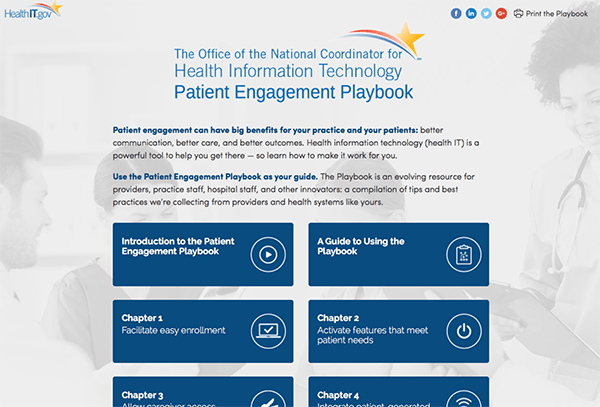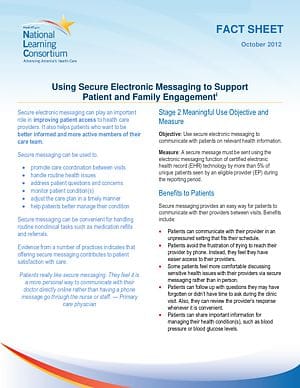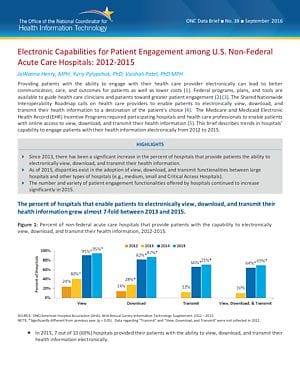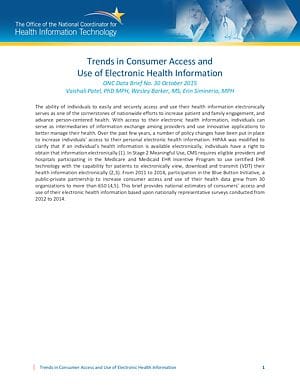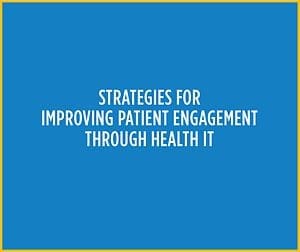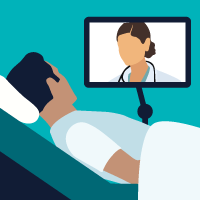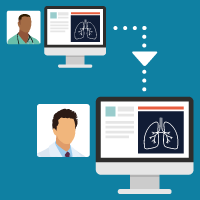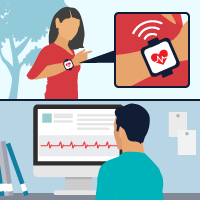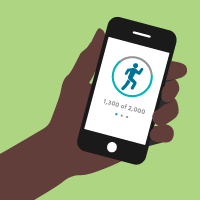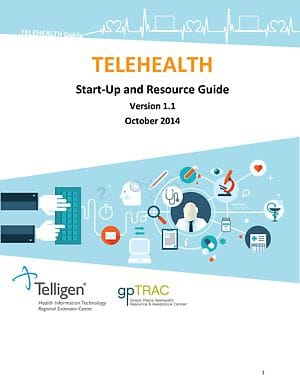In this section
- Implement best practices for patient engagement
- Find resources for increasing patient engagement
- See what telehealth can do for your practice
The ability of individuals to easily and securely access and use their health information electronically serves as one of the cornerstones of nationwide efforts to increase patient and family engagement and advance person-centered health. Patient engagement provides big benefits for your practice and your patients. Those benefits include better:
- Communication
- Care
- Outcomes
Research shows that giving patients access to their clinical information empowers them to increase patient engagement and to improve health outcomes. Health information technology (health IT) is a powerful tool to help you get there — so learn how to make it work for you.

